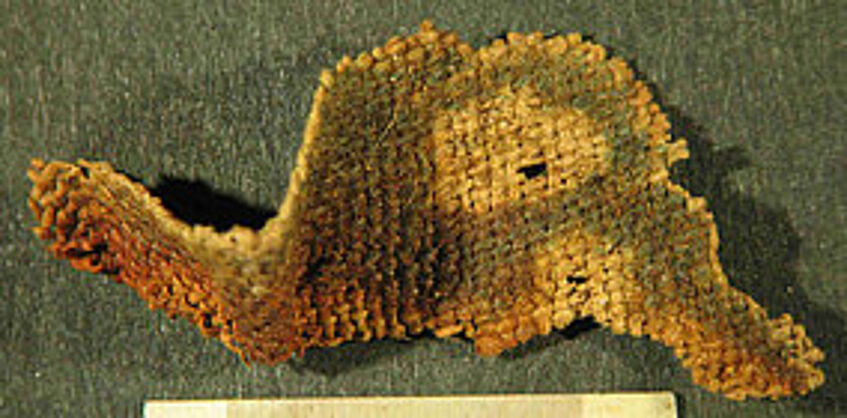Avar burial ground
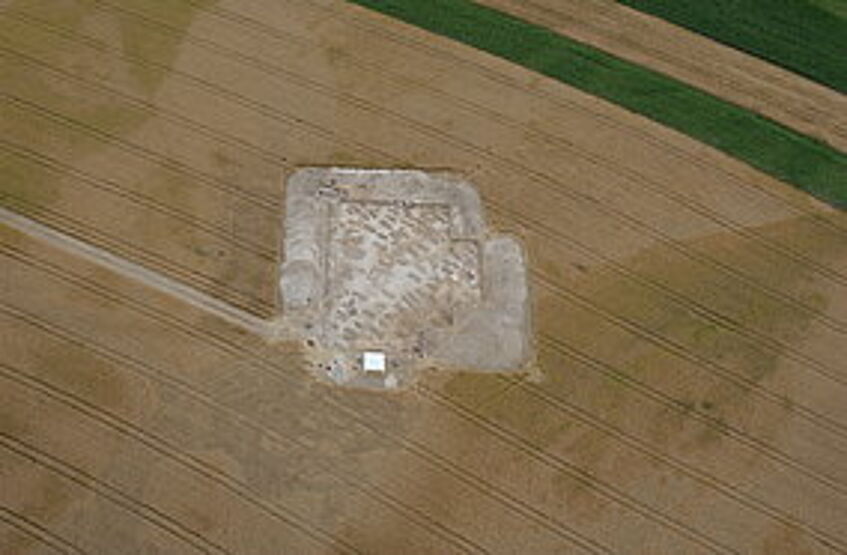
excavation area 2005
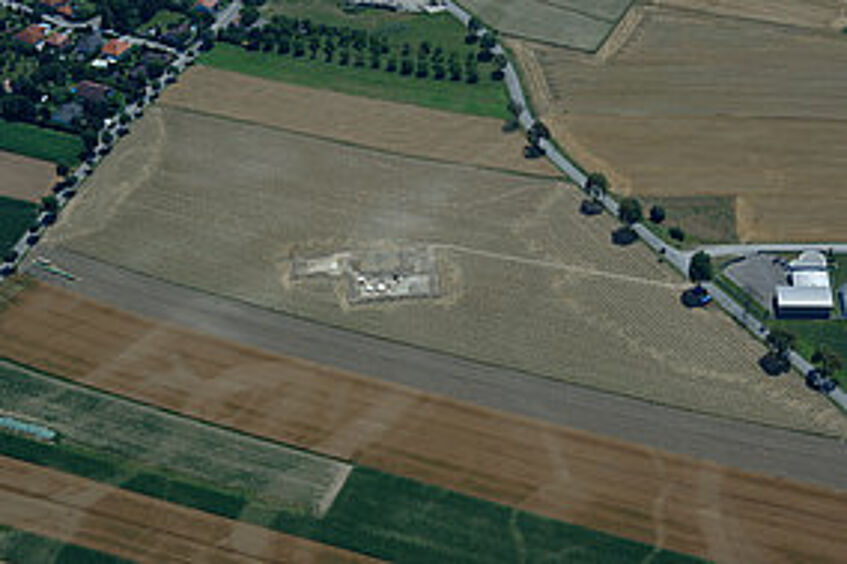
excavation area 2006
The Avar burial ground in Frohsdorf was situated on a gravel terrace of the river Leitha in the southern Vienna Basin. The area of the cemetery and its surrounding area were once crossed by old branches of the river and were among the floodplain.
In the course of archaeological excavations 501 graves, partially lavish and well-equipped were uncovered and documented. The graves were very close to each other and arranged almost in rows. In some cases the marking of the graves by wooden columns could be detected, sometimes grave superstructures were to be assumed. The – with few exceptions – long rectangular grave pits were perpendicular, sometimes up to 3.40 m in depth. In general, the burials were oriented NW-SE. The backfilling of most graves contained animal bones (analyses: Herbert Boehm, VIAS), often parts of the skulls (especially of cattle, but also sheep and goat), above the actual burial level. The regular appearance of these findings suggests appropriate funeral rites.
In numerous tombs coffins and internals made of wood could be detected. The grave goods consisted of the usual Avar culture dress decoration and grave goods. Thus, in women's graves jewelry as (spiral) finger rings, earrings and (glass) bead necklaces were found. Moreover iron knives were found – usually close to the pelvis or leg bones. In many women's graves ceramic vessels which had probably served as a container for food or drink offerings had been deposited in the feet or lower leg area. Ceramic vessels were also found in many children's graves – often the only addition. However ceramic vessels in men's graves came only rarely. These were usually equipped with knives and fire beaters. As in women's graves in men's graves were (spiral-) finger rings and jewelry. Weapons like arrowheads and rare reflex bows, axes, swords and short swords as grave goods were also found in men's graves. A total of 39 well-appointed (men's) graves contained molded belt sets or belt sets made of sheet metal. In common in men's and women's graves were animal bones in the feet area, which are to be regarded as remnants of food offerings. Because of the grave goods, most of the tombs can be dated into the late Avar period. Therefore absolute dating of the burials ranges from the second half of the 8th century till the time around 800. The entire occupancy period covers – subject to a precise, fine chronological evaluation – the mid-7th century to the period after 800.
Archaeological typological analyses of dress accessories and jewelry show especially in terms of women's jewelry connections with those people who have buried their dead in the nearby "Slavic" burial ground of Pitten.
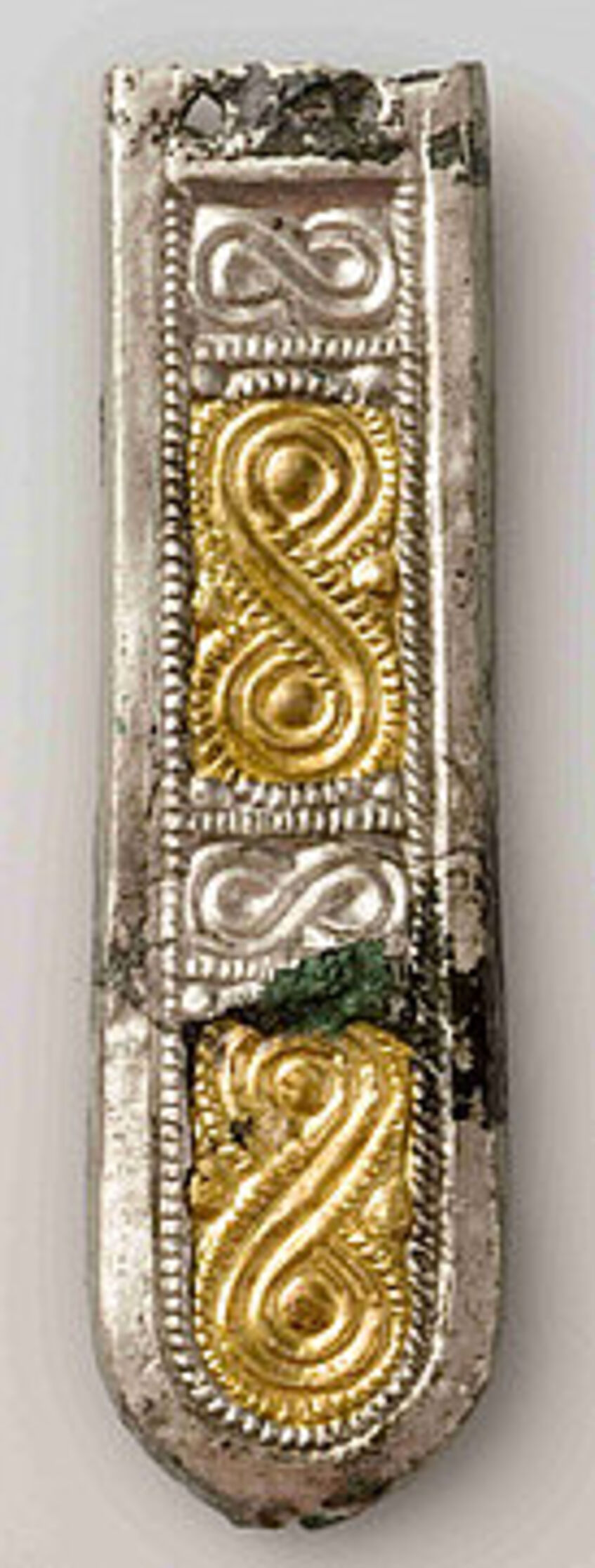
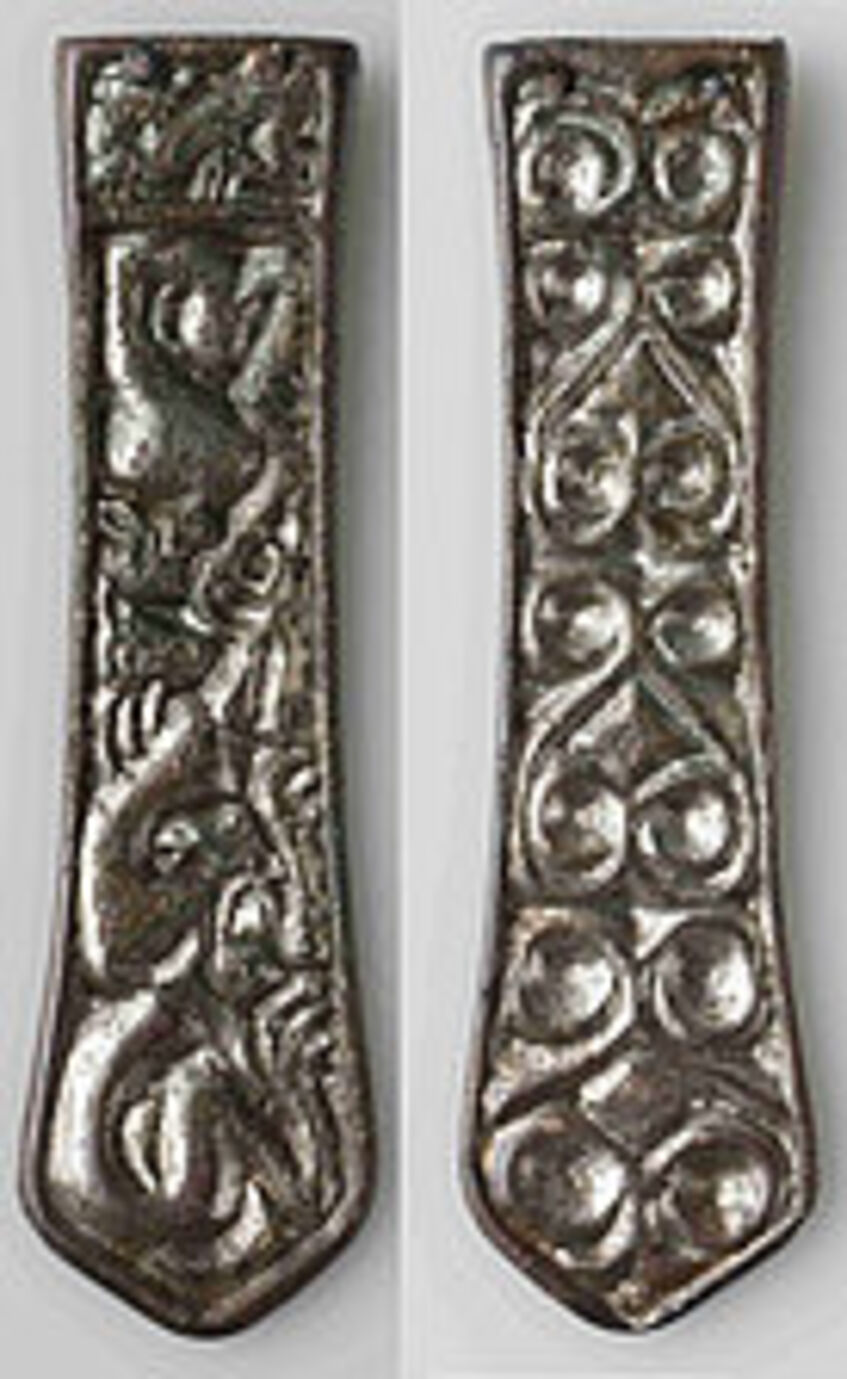
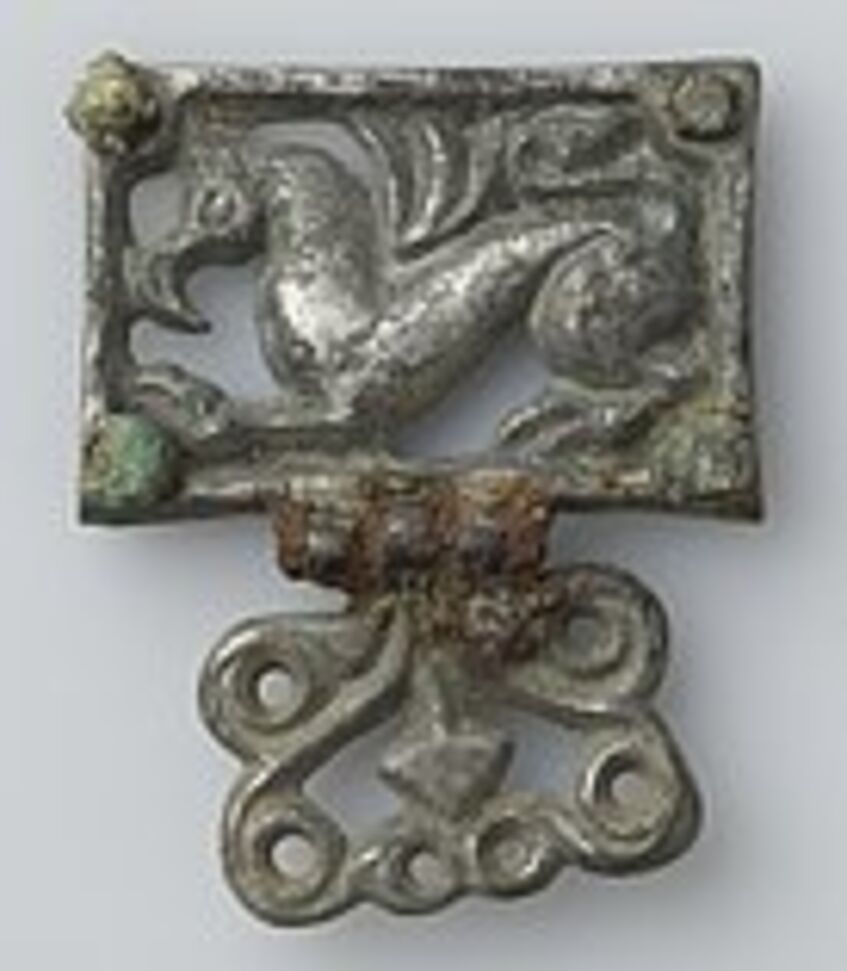
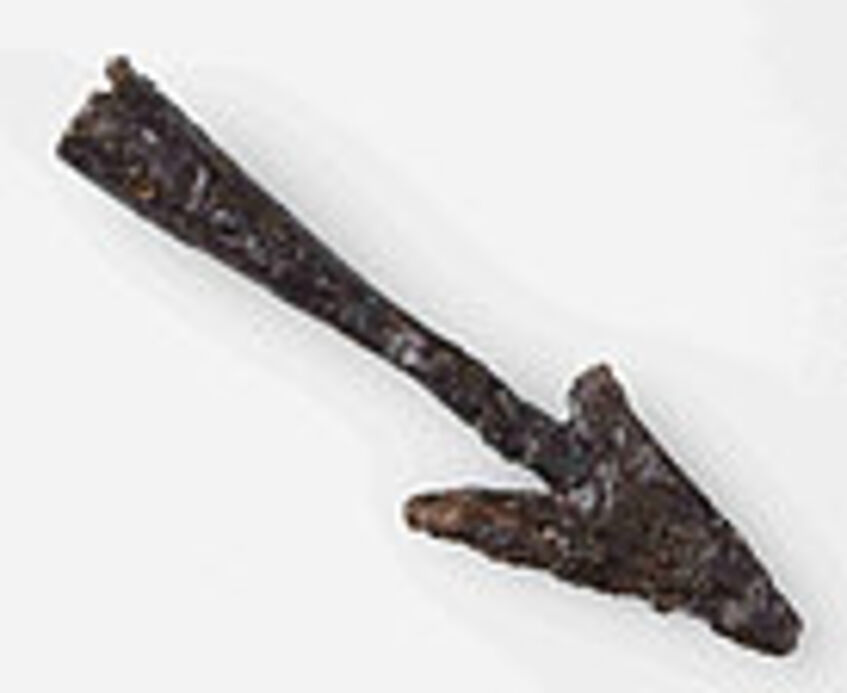
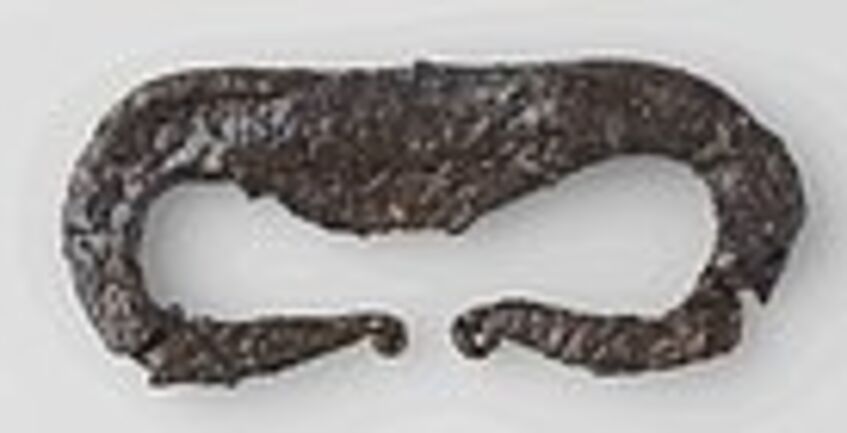
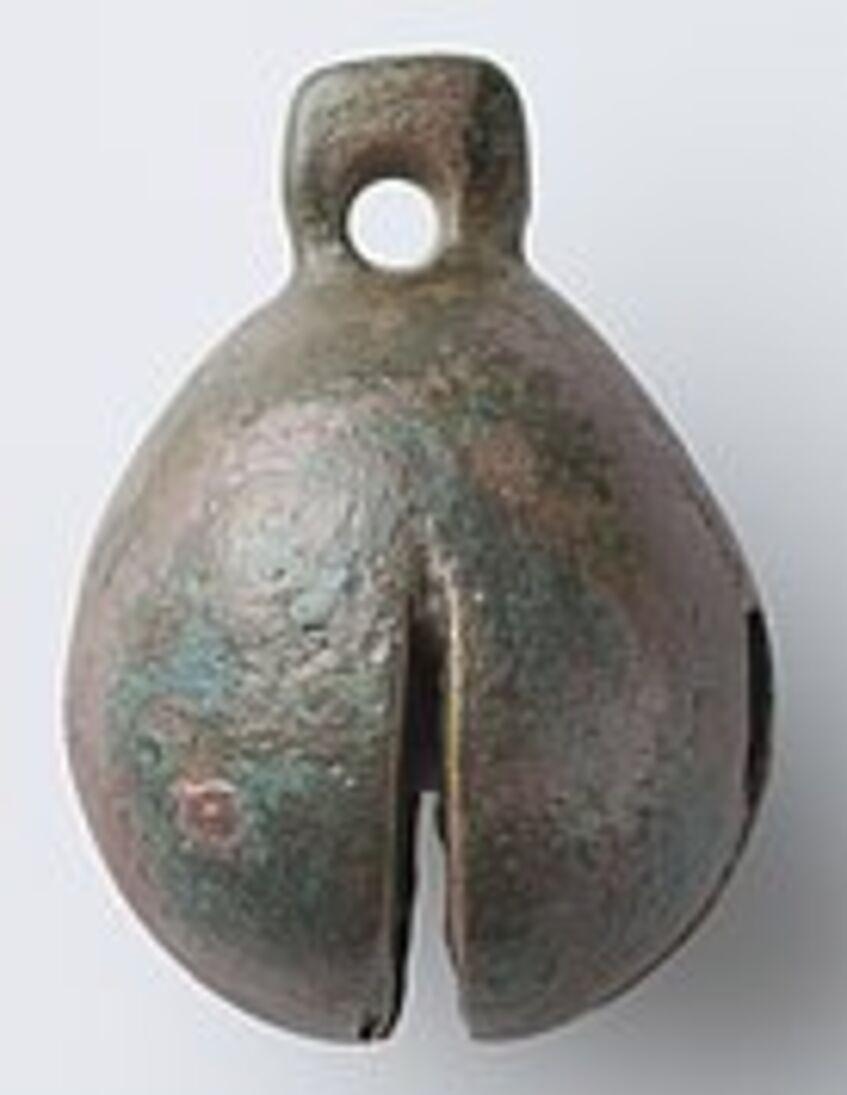
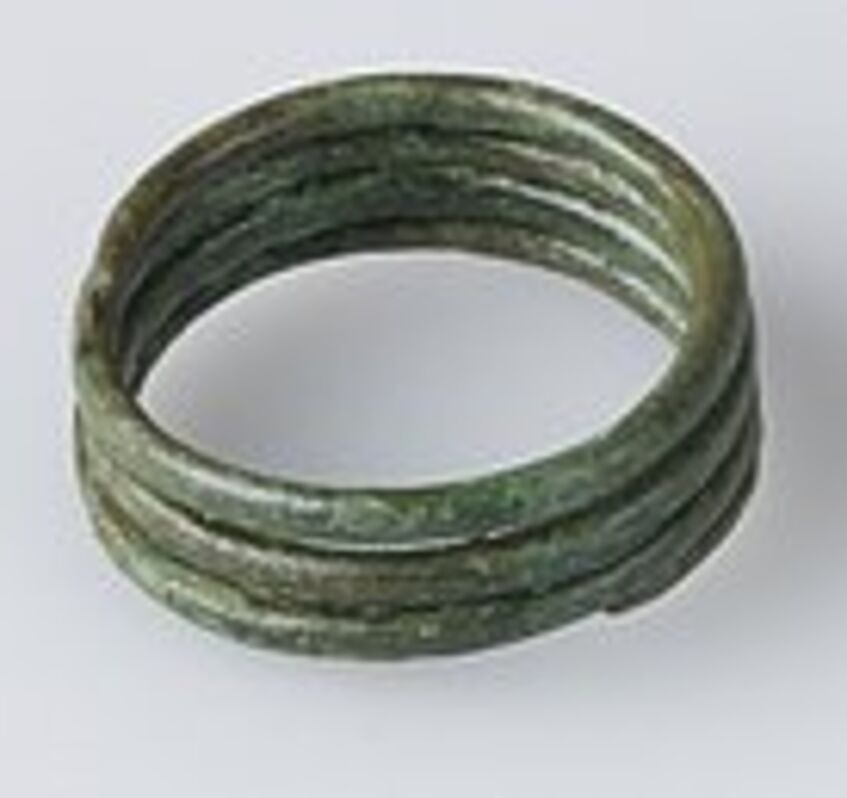
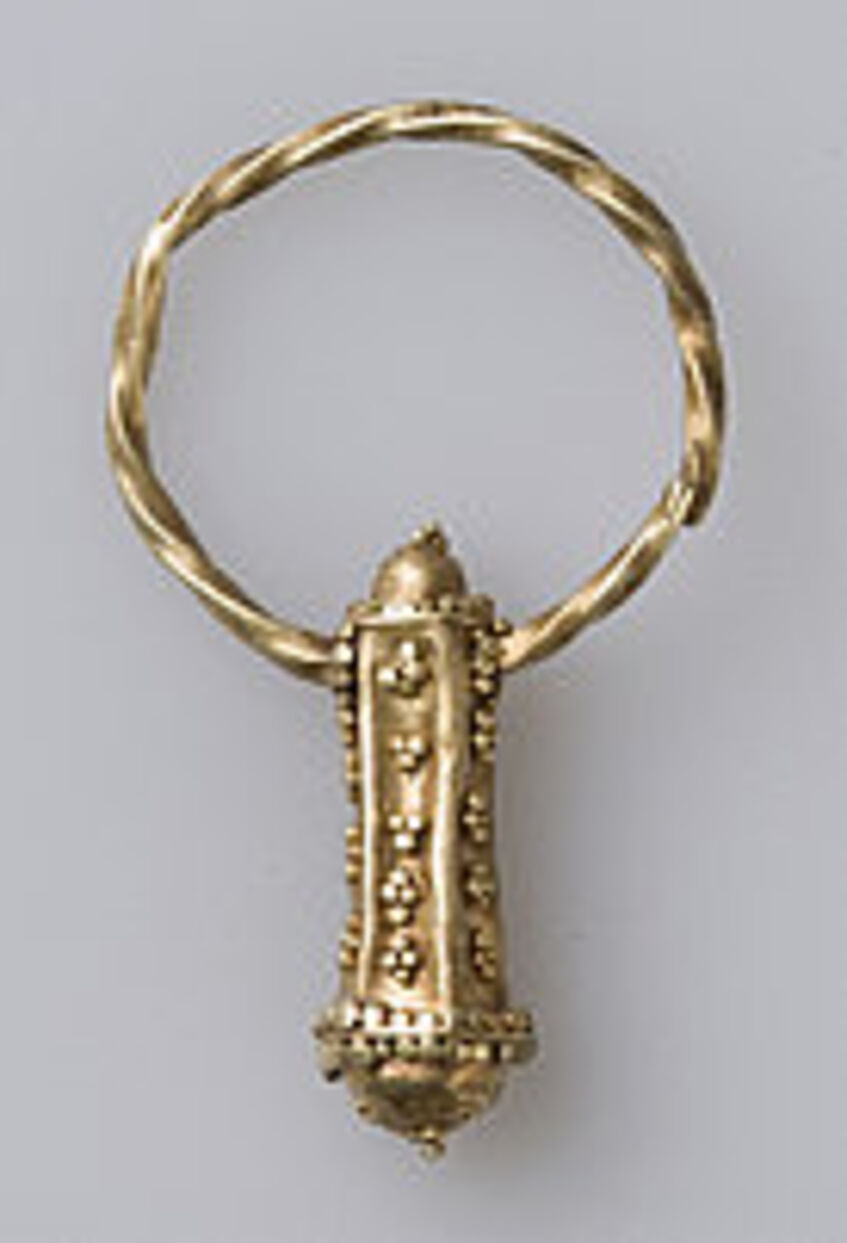
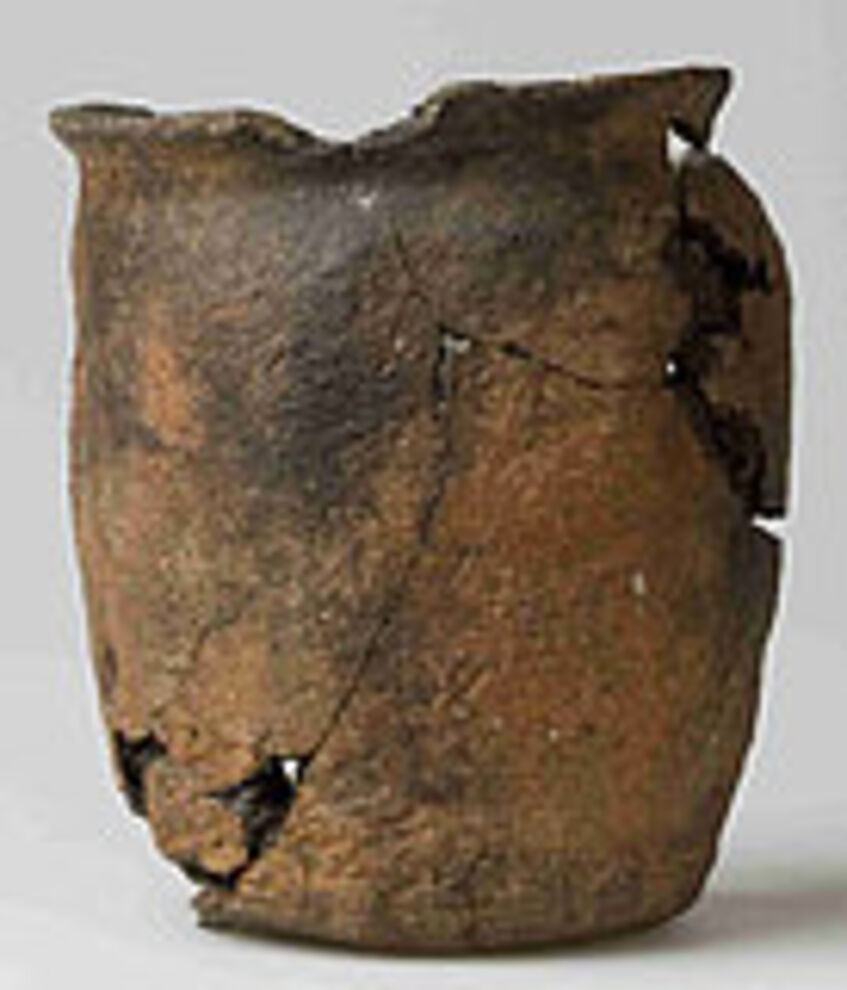
so-called hand-modelled vessel
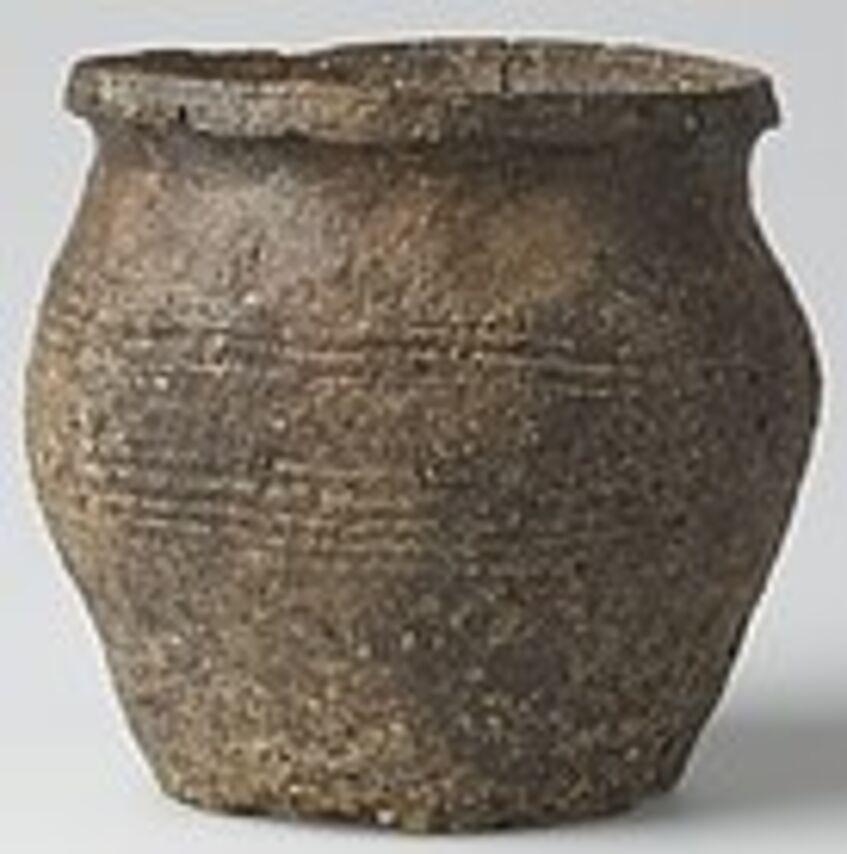
pottery produced on a slow wheel/turntable
Thin section analyses of ceramics (analyses: Dr. Hajnalka Herold, University of Exeter) from Frohsdorf and Pitten also show relationships between the two localities, however, can not yet be fully interpreted in their complexity.
These facts raise questions about commonly accepted dating schemes of "Avar" and "Slavic" finds. Perhaps a part of the Avar cemetery at Frohsdorf is clearly postdated 800. This hypothesis is supported by typological analysis as well as material studies of metal finds. These show within belt sets typological differences and differences in materials, suggesting that these were not manufactured in one production process, and – repeatedly repaired and completed – were used for a long time.
Completely new was the recovery and study of insect debris, which are due to colonization of the body after the occurrence of death. An adequately large number of such insect debris and their systematic study give hope for the reconstruction of mortuary times.
Another research gap close textile finds (analyses: Dr. Karina Grömer, Natural History Museum Vienna) and leather finds from Frohsdorf that give clues to Avar period populations clothing and their processing techniques.
Overall, the recent research on the cemetery of Frohsdorf reveals its potential with regard to chronological, demographic, social and economic issues as well as to small-scale studies to neighboring populations of different cultures.
